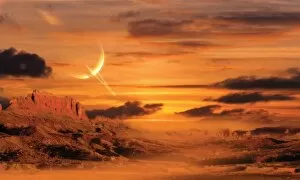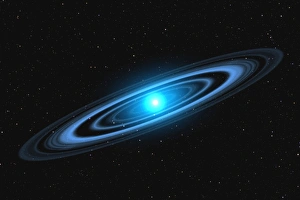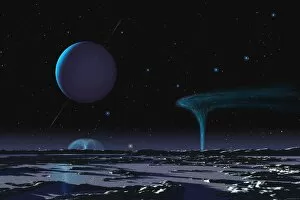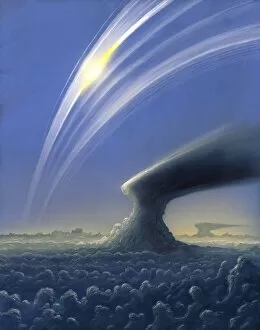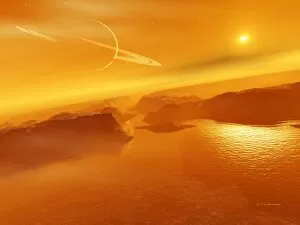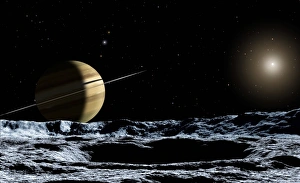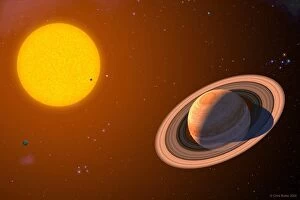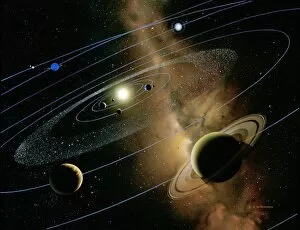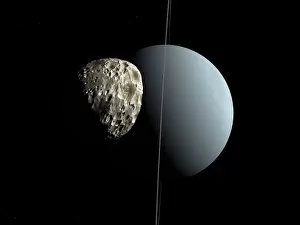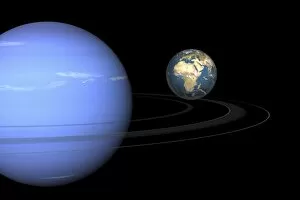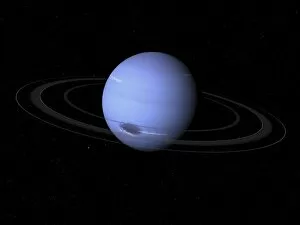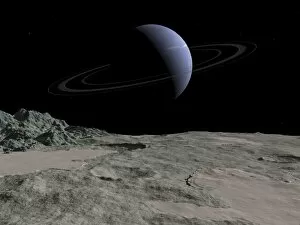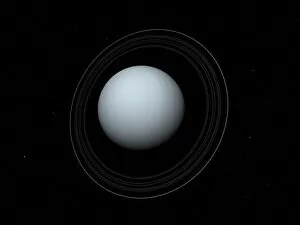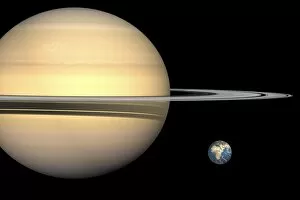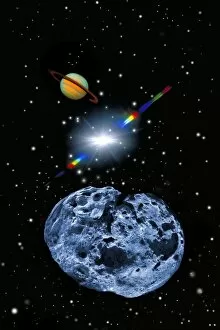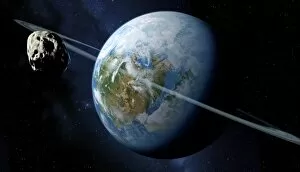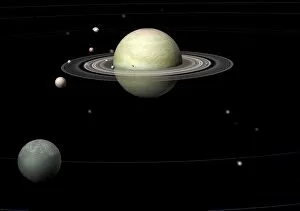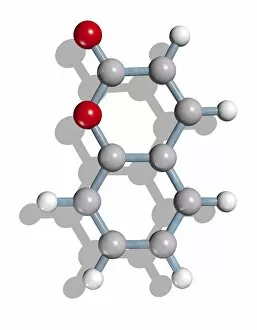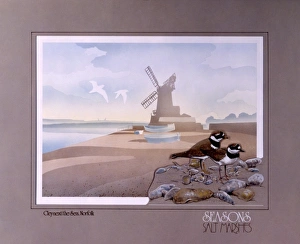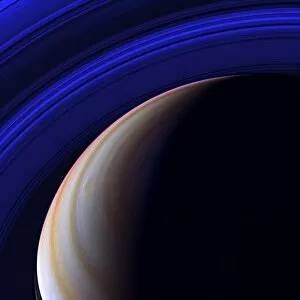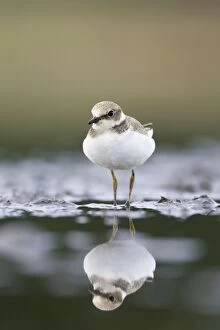Ringed Collection (page 7)
"Ringed Wonders: From Planets to Lemurs
All Professionally Made to Order for Quick Shipping
"Ringed Wonders: From Planets to Lemurs, Unveiling the Beauty of Circles" Discover the mesmerizing allure of rings as we journey through the wonders of our solar system and beyond. 🌍🪐✨ In the vast expanse of our Solar System, planets like Saturn and Uranus captivate us with their magnificent ring systems. The Cassini image reveals Saturn's majestic rings in all their glory, a breathtaking sight that has fascinated astronomers for centuries. Meanwhile, Uranus surprises us with its unique sideways ring formation, adding an enigmatic touch to this distant ice giant. But it's not just celestial bodies that boast these captivating circles; nature too showcases its own versions. Picture a Ring-tailed Lemur gracefully perched on a branch, its tail elegantly wrapped around its body like a living ring—a testament to nature's creativity and adaptability. As we delve deeper into space exploration, the Cassini-Huygens probe provides us with stunning artwork depicting its mission at Saturn—humanity's endeavor to unravel the secrets hidden within those iconic rings. This interstellar voyage reminds us of our insatiable curiosity about what lies beyond our home planet. Back on Earth, witness another marvelous spectacle—the Great Bustard spreading its wings wide against an open sky. With feathers resembling concentric circles adorning this vulnerable species' plumage, it serves as a reminder of both nature's beauty and fragility. While contemplating these natural wonders and cosmic marvels might leave you feeling starstruck (or perhaps doughnut-struck), let your imagination wander further still. Imagine Mary’s Heart constellation twinkling above—a celestial symbol forever encircled by love and devotion. Finally, find solace in Cornwall's rugged landscape where Choughs soar freely above Cudden Point—an avian ballet choreographed by Mother Nature herself. These agile birds display elegance as they swoop through the air, their wings creating circular patterns against the backdrop of the stunning coastline.

